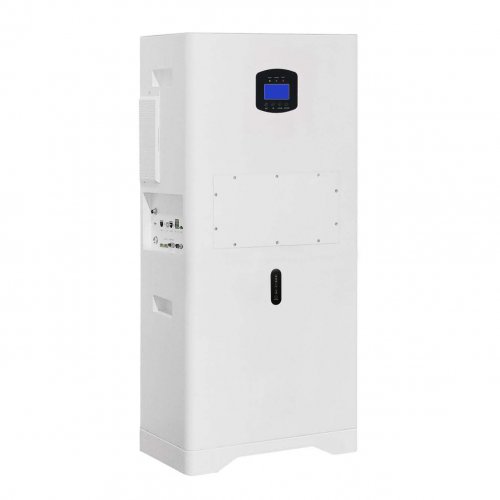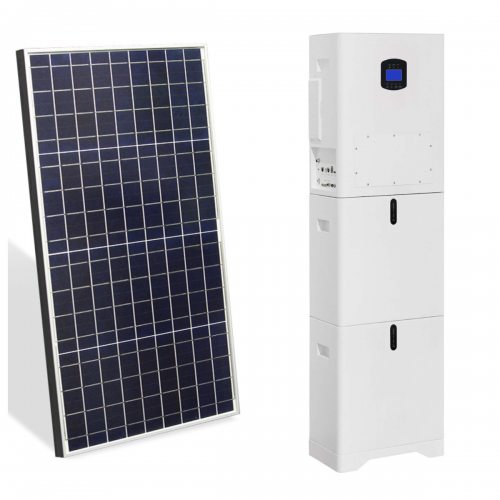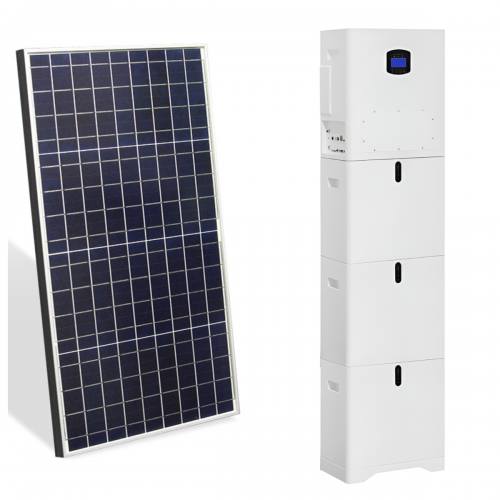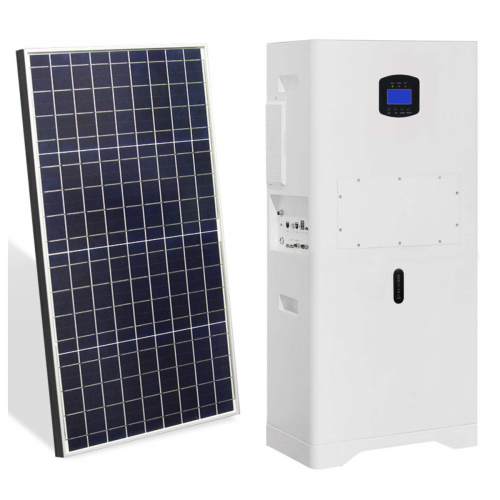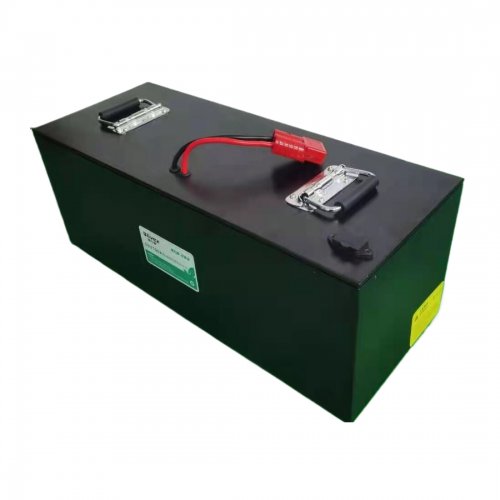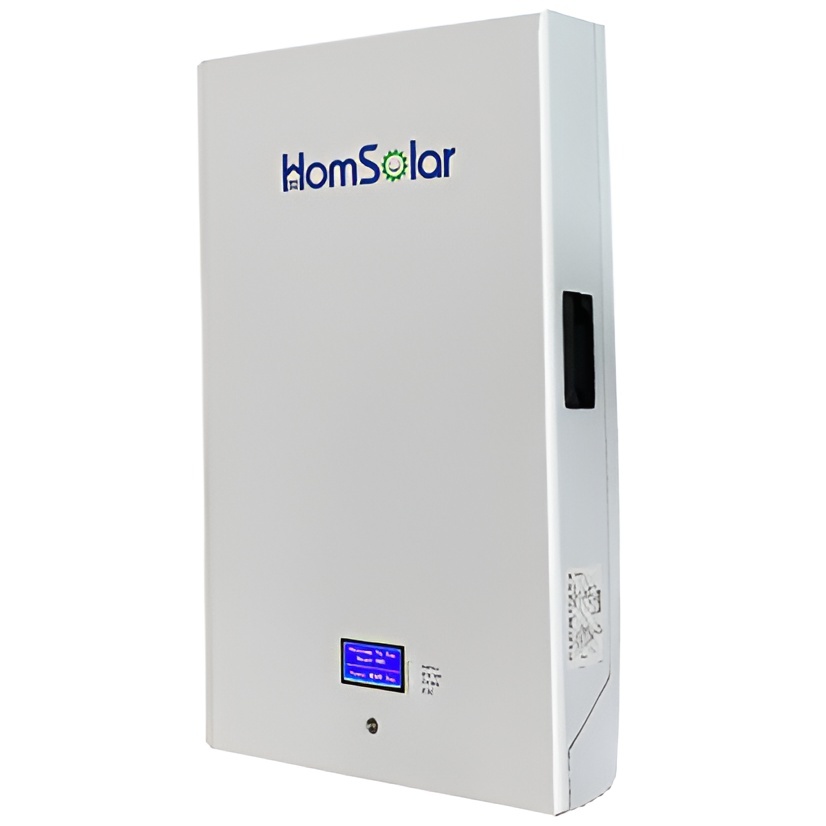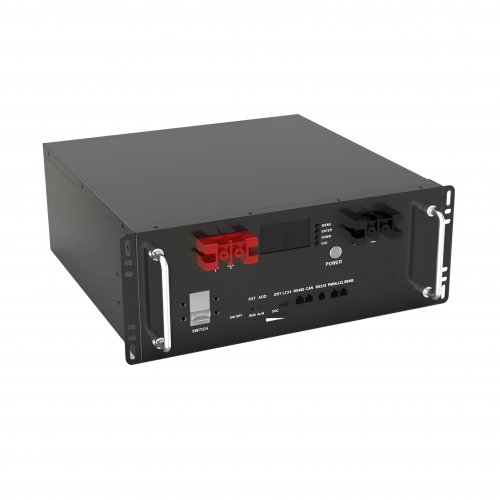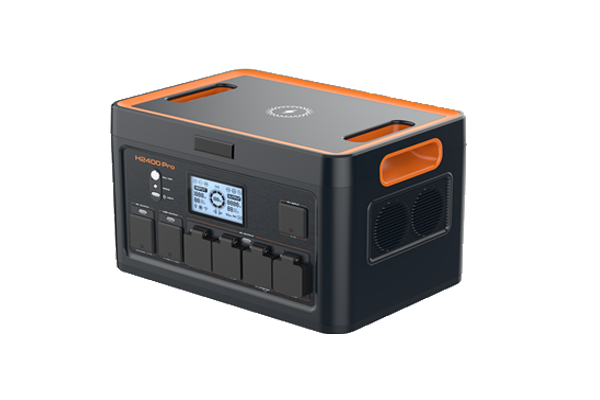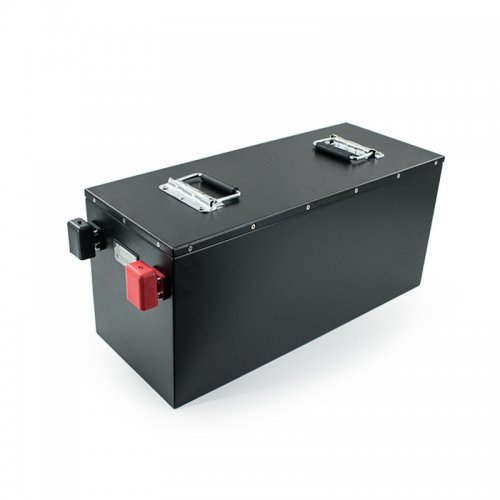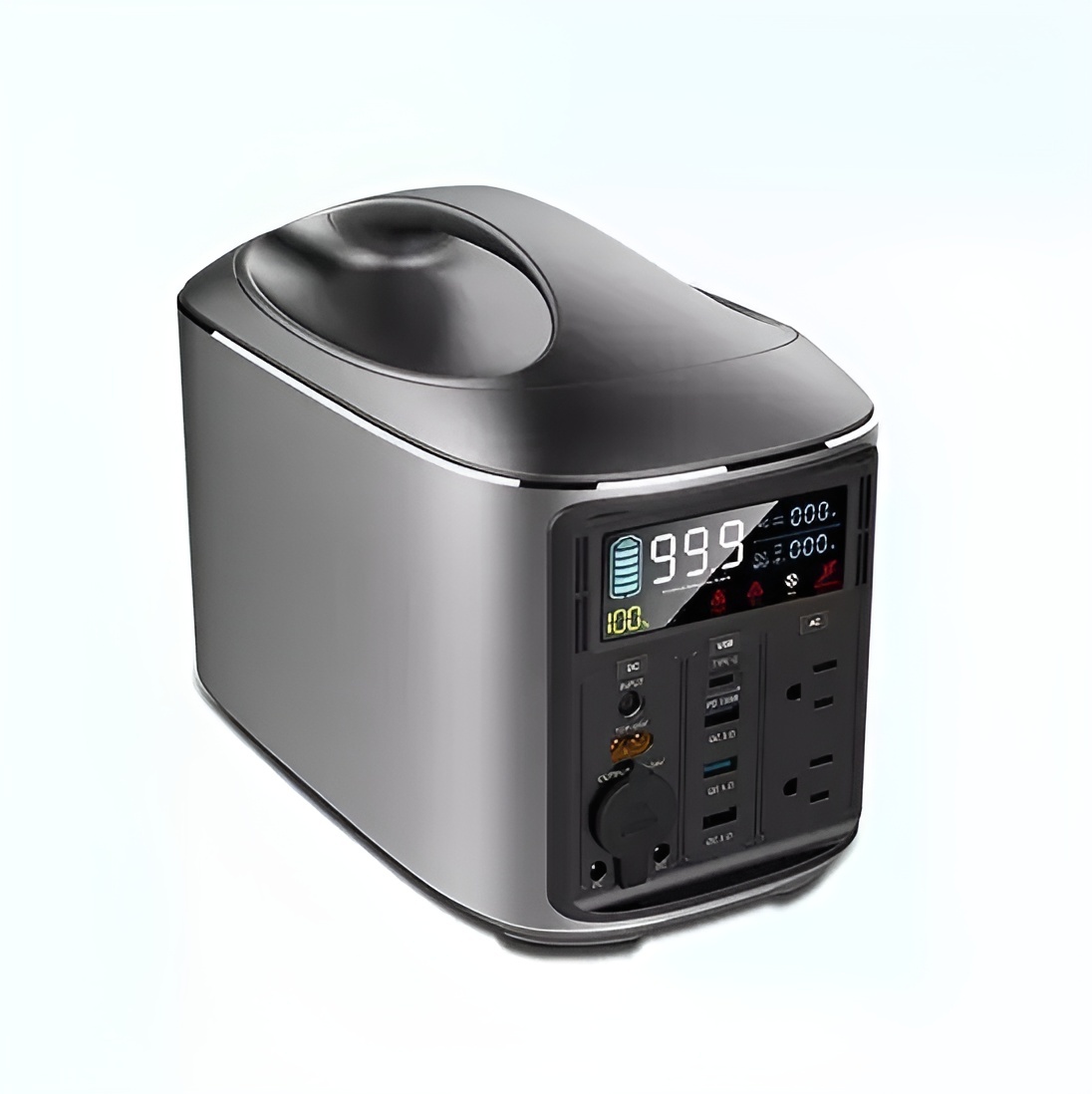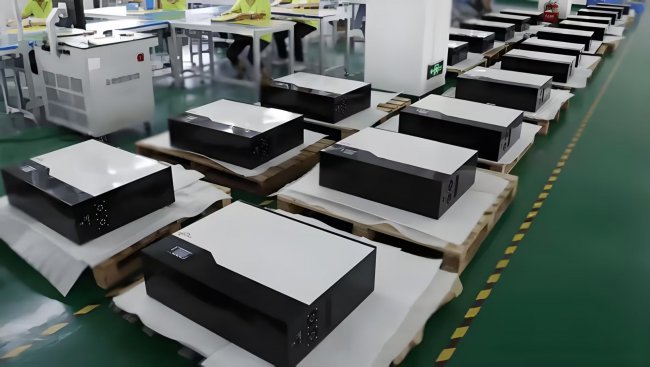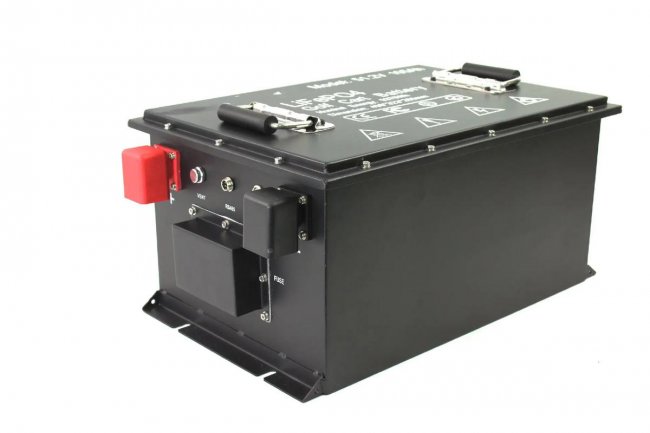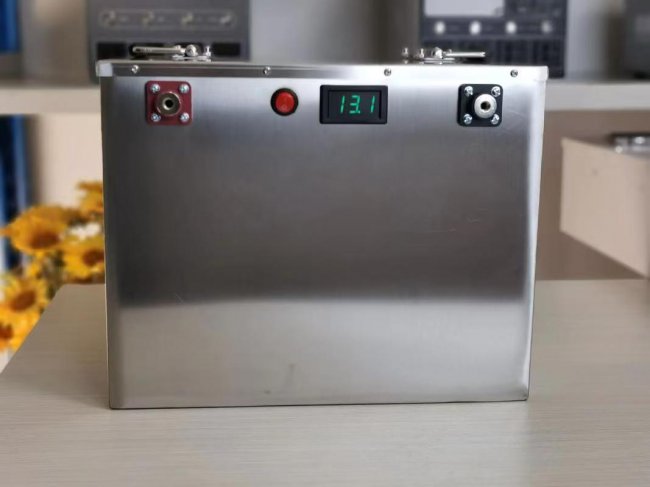How To Use Lithium Iron Phosphate: A Practical Guide To Maximizing Performance And Lifespan
Lithium Iron Phosphate (LiFePO4 or LFP) batteries have revolutionized energy storage across various applications, from recreational vehicles and marine use to solar power systems and backup power. Renowned for their exceptional safety, long cycle life, and stability, they offer a superior alternative to traditional lead-acid and other lithium-ion chemistries. However, to fully harness their potential and ensure a long, reliable service life, proper usage is paramount. This guide provides a comprehensive, step-by-step approach to using LiFePO4 batteries correctly.
Part 1: Initial Setup and Installation
Step 1: Unboxing and Inspection Upon receiving your battery, carefully inspect it for any signs of physical damage such as dents, cracks, or punctures incurred during shipping. Check the terminals for any corrosion or looseness. Do not install a battery that appears damaged.
Step 2: Initial Charging Most LiFePO4 batteries are shipped with a partial state of charge (typically 30-50%), which is ideal for storage. Before the first use, it is highly recommended to perform a full charge. This balances the cells and gives you a baseline for performance.Practical Tip: Use only a dedicated LiFePO4 battery charger. Chargers designed for lead-acid batteries (AGM, Gel) use different charging algorithms (typically bulk/absorb/float) and voltage setpoints that are not optimal for LFP and can reduce its lifespan.
Step 3: Configuration (for multiple batteries) If you are connecting multiple batteries to increase capacity (in parallel) or voltage (in series), consistency is key.Parallel Connection (for more Amp-hours): Ensure all batteries are of the same model, age, and voltage. Before connecting them, measure the voltage of each battery individually. They should be within 0.1V of each other. If not, charge each one separately to full capacity before interconnecting.Series Connection (for higher voltage, e.g., 24V or 48V): This requires even greater care and is often best managed by using batteries specifically designed with built-in Battery Management Systems (BMS) that support series configurations. Never connect more than four 12V batteries in series without explicit manufacturer approval.
Step 4: InstallationLocation: Install the battery in a cool, dry, and well-ventilated area. While LFP batteries are much safer and produce minimal gas under normal operation, ventilation is still a good practice. Avoid locations with direct sunlight or near heat sources.Mounting: Secure the battery firmly to prevent movement, especially in mobile applications. Most LFP batteries are significantly lighter than their lead-acid counterparts, so securing them is easier but no less important.Terminal Connection: Use appropriate cable sizes to handle the maximum expected current. Tighten terminals to the manufacturer's specified torque to ensure a clean, low-resistance connection. Loose connections can lead to voltage drops, heat generation, and potential fire hazards. Apply an anti-corrosion spray if used in marine environments.
Part 2: Daily Operation and Charging Best Practices
Step 5: Understanding the Charging Profile Unlike lead-acid batteries, LiFePO4 batteries prefer a simple Constant Current (CC) / Constant Voltage (CV) charge profile. There is no need for a long absorption or float stage. 1. Constant Current (Bulk) Stage: The charger delivers a constant current until the battery voltage reaches the absorption voltage (typically between 14.2V and 14.6V for a 12V battery). 2. Constant Voltage (Absorption) Stage: The charger holds the absorption voltage while the charging current tapers down. The charge is considered complete when the current tapers to a very low level (often around 2-5% of the battery's capacity).Crucial Tip: Program your charger correctly. Set the absorption voltage and the float voltage (if adjustable) according to your battery manufacturer's specifications. For many standalone LFP batteries, it is advisable to disable the float charge or set it to a lower level (e.g., 13.5V) once the battery is full, as they do not require a continuous float charge like lead-acid.
Step 6: Discharging and Depth of Discharge (DoD) One of the greatest advantages of LiFePO4 is its ability to handle deep discharges without significant degradation.Practical Advice: While you can safely discharge a quality LiFePO4 battery to 80-90% Depth of Discharge (DoD) regularly, for maximum cycle life, a shallower discharge is beneficial. For daily use, limiting discharge to 70-80% DoD will dramatically extend the battery's service life, which can often exceed 3000-5000 cycles. The built-in BMS will protect the battery from being discharged below a safe voltage, but it's best practice to avoid triggering this low-voltage disconnect frequently.
Step 7: Monitoring While voltage can give a rough idea of state of charge, it is not a precise indicator for the flat voltage curve of LiFePO4. The most accurate method is to use a battery monitor with a shunt. This device measures current flowing in and out, providing a precise percentage of state of charge, amp-hours consumed, and other vital statistics.
Part 3: Essential Tips, Tricks, and Critical Warnings
Operational Tips:Low Self-Discharge: If you need to store the battery, charge it to approximately 50-60% state of charge. This is the ideal storage voltage. A LiFePO4 battery can be stored for months with minimal charge loss, unlike lead-acid batteries which will sulfate if left partially discharged.Temperature Tolerance: LFP batteries perform well in a wide temperature range, but charging below freezing (0°C / 32°F) can cause permanent internal damage. Many modern BMS systems have low-temperature charge protection, but if yours does not, you must ensure the battery temperature is above freezing before applying a charge. Some batteries or external chargers have built-in heaters for this purpose.Cleaning: Keep the battery case clean and dry. A clean cloth with a mild detergent is sufficient. Ensure terminals are tight and free of corrosion.
Critical Warnings and What to Avoid: 1. NEVER Use an Incompatible Charger: This cannot be overstated. A lead-acid charger will overcharge a LiFePO4 battery, leading to reduced lifespan and potential safety risks. 2. Avoid Extreme Temperatures: Do not charge a frozen battery. Also, avoid storing or operating the battery in environments consistently above 60°C (140°F), as high heat is the primary enemy of all lithium-ion battery longevity. 3. Do Not Bypass the BMS: The Battery Management System is the brain of your battery. It protects against over-charge, over-discharge, over-current, and short circuits. Tampering with or bypassing the BMS is extremely dangerous and will void the warranty. 4. No Maintenance Required: Unlike lead-acid batteries, LiFePO4 is truly maintenance-free. There is no need to equalize the cells; in fact, an equalization charge from a lead-acid charger will severely damage them. 5. Short Circuits are Dangerous: While chemically very stable, a short circuit can generate immense heat, melt cables, and cause a fire. Always use properly sized fuses or circuit breakers on the positive terminal, as close to the battery as possible.
By following this structured guide—from careful installation and correct charging to mindful daily operation—you will ensure that your Lithium Iron Phosphate battery delivers on its promise of safe, reliable, and long-lasting power for years to come.
Customized/OEM/ODM Service
HomSolar Supports Lifepo4 battery pack customization/OEM/ODM service, welcome to contact us and tell us your needs.


HomSolar: Your One-stop LiFePO4 Battery Pack & ESS Solution Manufacturer
Our line of LiFePO4 (LFP) batteries offer a solution to demanding applications that require a lighter weight, longer life, and higher capacity battery. Features include advanced battery management systems (BMS), Bluetooth® communication and active intelligent monitoring.

Customised Lithium Iron Phosphate Battery Casing
ABS plastic housing, aluminium housing, stainless steel housing and iron housing are available, and can also be designed and customised according to your needs.

HomSolar Smart BMS
Intelligent Battery Management System for HomSolar Energy Storage System. Bluetooth, temperature sensor, LCD display, CAN interface, UART interface also available.


Terminals & Plugs Can Be Customized
A wide range of terminals and plugs can be customised to suit the application needs of your battery products.

Well-designed Solutions for Energy Storage Systems
We will design the perfect energy storage system solution according to your needs, so that you can easily solve the specific industry applications of battery products.



About Our Battery Cells
Our energy storage system products use brand new grade A LiFePO4 cells with a battery lifespan of more than 4,000 charge/discharge cycles.



Applications in Different Industries
We supply customized & OEM battery pack, assemble cells with wiring, fuse and plastic cover, all the cell wires connected to PCB plug or built BMS.
Applications: E-bike, Electric Scooter, Golf Carts, RV, Electric Wheelchair, Electric Tools, Robot Cleaner, Robot Sweeper, Solar Energy Storage System, Emergency Light, Solar Power Light, Medical Equipment, UPS Backup Power Supply.
We can provide you with customized services. We have the ability to provide a vertical supply chain, from single cells to pack/module and to a complete power solution with BMS, etc.


HomSolar (Shenzhen) Technology Co., Ltd







